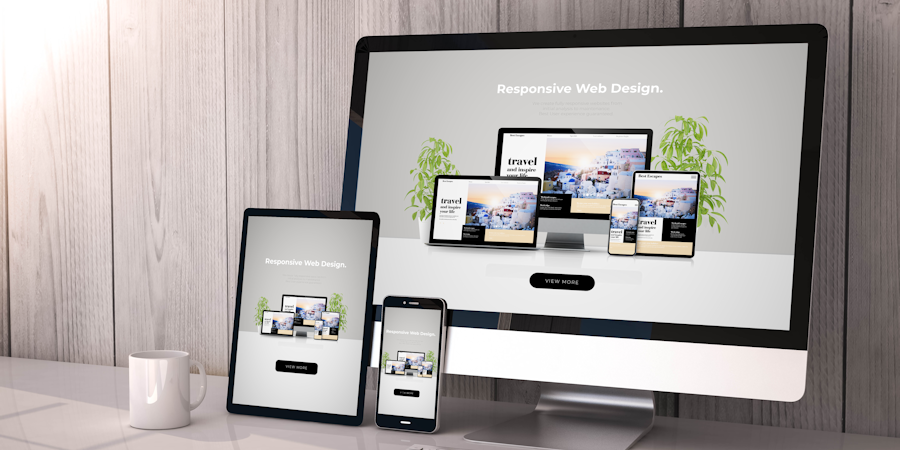
Some websites are style over substance – and often feature lots of barriers that actually make it hard for your target audience (or anyone else) to read your message.
That makes no sense, so open up your website and review it alongside these 13 barriers – and make sure you tick all the right boxes.
- A smart website looks good and is easy to read – so text should NOT be smaller than 10 point (some of us have dodgy eyesight, don’t make it too hard for us).
- Use clean, sans serif fonts (that means Arial, Gill, Helvetica, Verdana, not Times New Roman, Palatino and Garamond). With the screen resolution being relatively low (72 dots per inch or dpi) in comparison with printed media (a minimum of 300 dpi), lots of little lines just contribute to the dazzle effect.
- Don’t use capital letters for whole words – anyone using a screen reader will find they are being shouted at. If you need to highlight a word use bold.
- Don’t use capital letters for every word in your headline – it interrupts the flow of the reader, and it’s an American habit. Newspapers don’t do it – why should you?
- Stick to light coloured backgrounds – white or pale yellow are best, but if your corporate colours are dark blue, don’t be tempted to use a dark blue box with light coloured writing – it might look pretty, but it’s impossible to read easily. This is because your eye will pick up the dark colour first. Normal text then cuts this up and creates a dazzle effect. The problem is that your conscious mind doesn’t register this, your brain just doesn’t get the message. The most you can get away with in ‘reversed’ writing is a headline in big fat bold letters.
People with dyslexia find pale yellow or pale blue easier to read from. However, we are talking PALE here! Just a tint that takes the white glare off. - Don’t have whole paragraphs in bold. It creates a similar effect to reversed writing – more black than white (or dark than light) which hinders reading.
- Don’t have text justified on both sides – it just makes it easy for the reader to lose their place. If you’ve ever read the same line twice, or found you’ve skipped a line, it’s probably because your eye has lost its place in a block of text. Left justified is fine – leave the right hand side unjustified. While centred text is ‘fashionable’, for anything more than a paragraph, it’s better not to centre text – except for headlines – it looks untidy and is even harder to read, the eye needs somewhere to anchor the start of each line.
- Don’t have moving images on your site. They just distract people who are trying to read your message. If they MUST move – then they should move ONCE and then stay put. Constantly changing images are really irritating! Flash media and whizzy graphics are now very old-hat.
- Videos are great, but put control in the hands of the user so the video doesn’t just launch itself. A big play arrow is all that’s needed.
- Don’t overload the reader with text – short paragraphs with lots of white space will encourage them to carry on reading. Big blocks of text will stop them from trying to read – break it up.
- Do use bullet points – they are much easier to read and often are read where traditional paragraphs are not.
- Don’t have more than one column of copy on one page. If I have to scroll back up to the top of the page to get the rest of the message you have to ask ‘am I bothered?’ The answer is probably ‘no’. That mouse/finger is on its way to the back button.
- Don’t use colours that are of a similar tone – they will often compete with each other on the screen. Also be careful of colour combinations like red and green – a considerable proportion of the population have red/green colour blindness.
This isn’t just good practice (and talk to a qualified usability expert and they’ll tell you that it definitely is), but it’s common sense if you want to get your message across with the least resistance.
